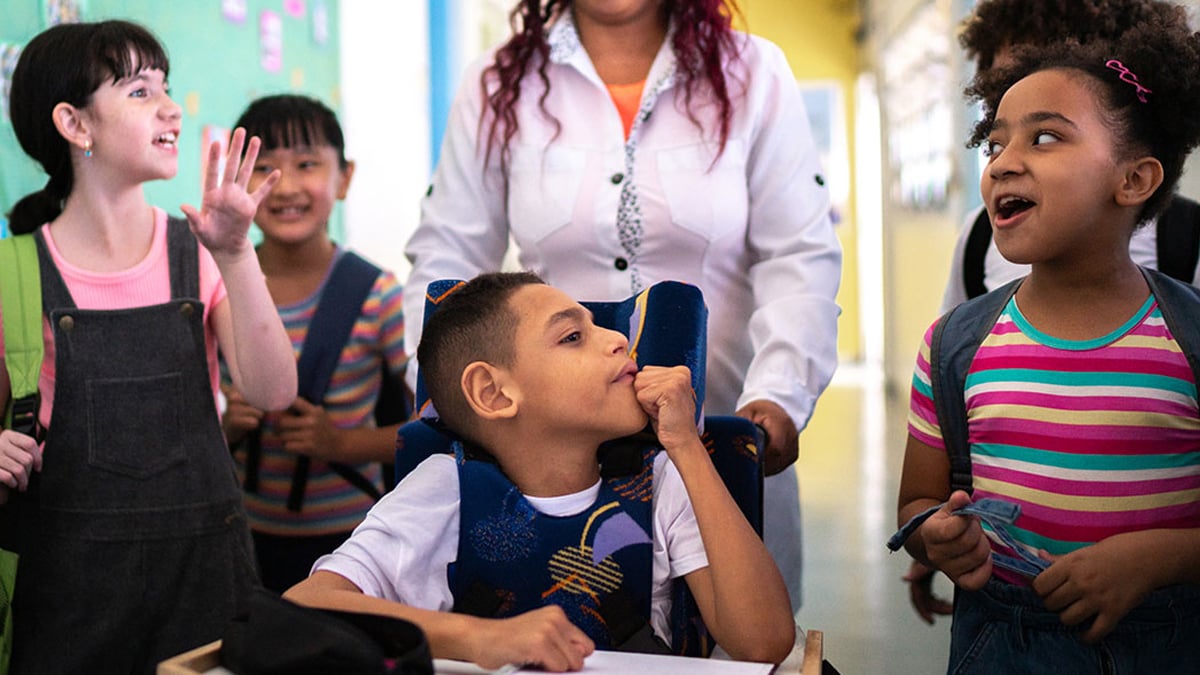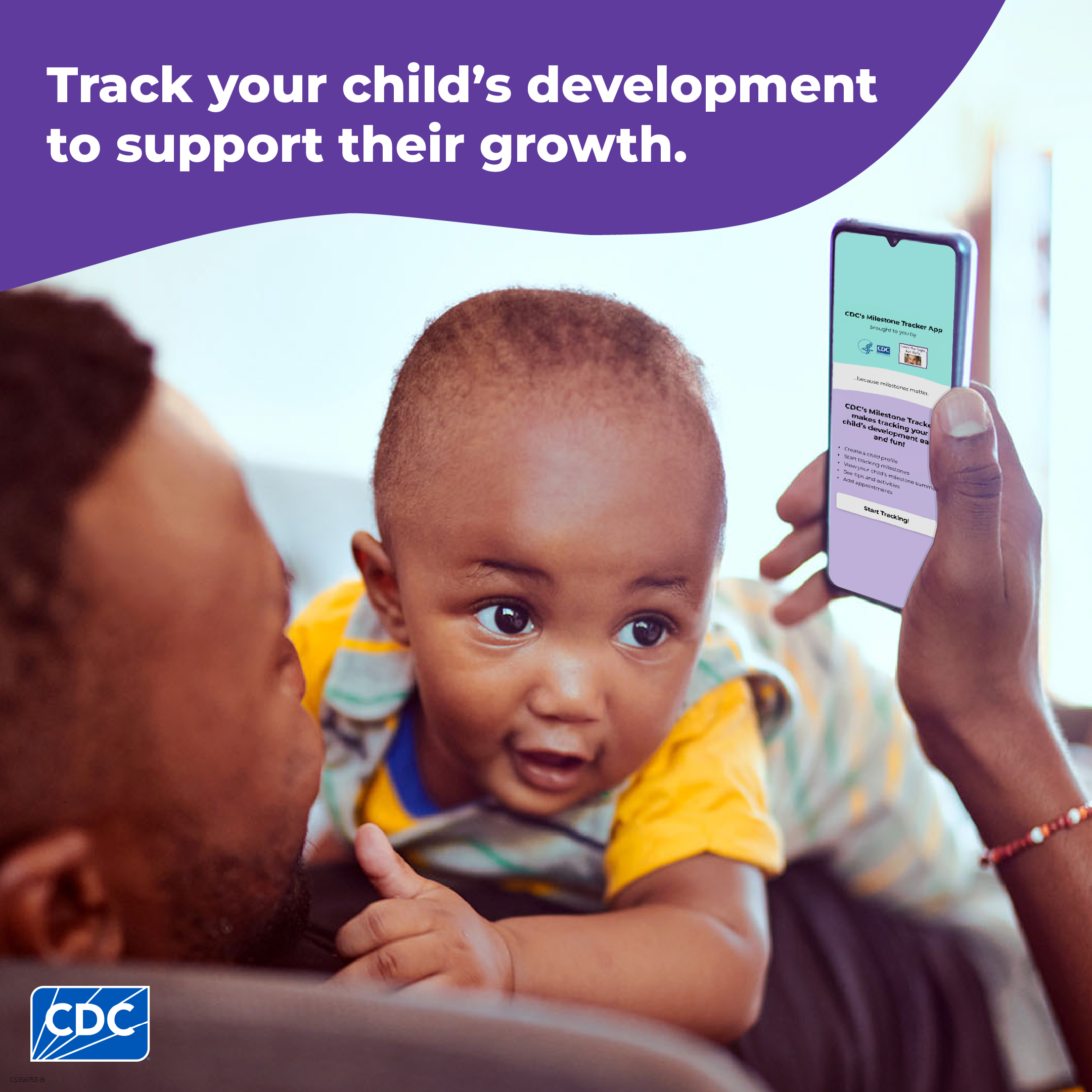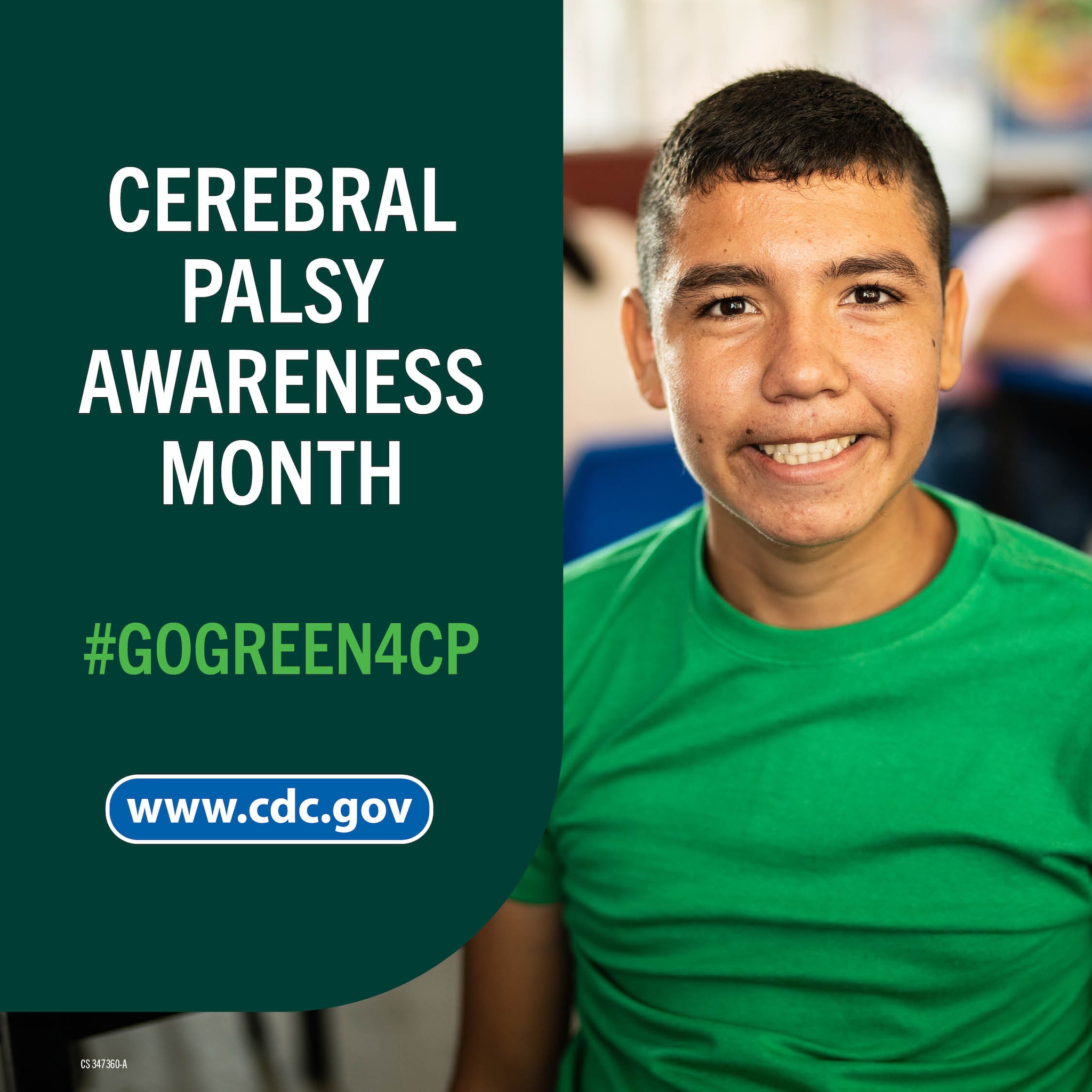Key points
- Cerebral palsy (CP) affects a person’s ability to move and maintain balance and posture.
- The symptoms vary from person to person.
- CP does not worsen over time, though the exact symptoms can change over a person’s lifetime.
- There is no cure for CP, but treatment can improve the lives of those who have the condition.

What it is
Cerebral palsy (CP) is a group of disorders that affect a person's ability to move and maintain balance and posture.
- "Cerebral" means having to do with the brain
- "Palsy" means weakness in or problems with using the muscles
CP is caused by abnormal brain development or damage to the developing brain that affects a person's ability to control their muscles. CP is the most common motor disability in childhood.
The symptoms of CP vary from person to person. A person with severe CP might need to use special equipment to be able to walk or might not be able to walk at all and might need lifelong care. A person with mild CP, on the other hand, might walk a little awkwardly, but might not need any special help. CP does not get worse over time, though the exact symptoms can change over a person's lifetime.
All people with CP have problems with movement and posture. Many also have related conditions such as the following:
Types
Doctors classify CP according to the main type of movement disorder involved. Depending on which areas of the brain are affected, one or more of the following movement disorders can occur:
- Stiff muscles (spasticity)
- Uncontrollable movements (dyskinesia)
- Poor balance and coordination (ataxia)
There are four main types of CP:
Spastic cerebral palsy
The most common type of CP is spastic CP. Spastic CP affects about 80% of people with CP.
People with spastic CP have increased muscle tone. This means their muscles are stiff and, as a result, their movements can be awkward. Spastic CP usually is described by which parts of the body are affected:
- Spastic diplegia/diparesis: Muscle stiffness is mainly in the legs, with the arms less affected or not affected at all. Tight hip and leg muscles cause legs to pull together, turn inward, and cross at the knees (also known as scissoring), making walking difficult.
- Spastic hemiplegia/hemiparesis: Affects only one side of a person's body; usually the arm is more affected than the leg.
- Spastic quadriplegia/quadriparesis: Most severe form of spastic CP and affects all four limbs, the trunk, and the face. People with spastic quadriparesis usually cannot walk and often have other developmental disabilities such as intellectual disability; seizures; or problems with vision, hearing, or speech.
Dyskinetic cerebral palsy
People with dyskinetic CP have problems controlling the movement of their hands, arms, feet, and legs, making it difficult to sit and walk.
Dyskinetic CP includes athetoid, choreoathetoid, and dystonic cerebral palsies. The movements are uncontrollable and can be slow and writhing or rapid and jerky. Sometimes the face and tongue are affected, and the person has a hard time sucking, swallowing, and talking. A person with dyskinetic CP has muscle tone that can change (varying from too tight to too loose) not only from day to day, but even during a single day.
Ataxic cerebral palsy
People with ataxic CP have problems with balance and coordination. They might be unsteady when they walk. They might have a hard time with quick movements or movements that need a lot of control, like writing. They might have a hard time controlling their hands or arms when they reach for something.
Mixed cerebral palsy
Some people have symptoms of more than one type of CP. The most common type of mixed CP is spastic-dyskinetic CP.
Signs and symptoms

The signs of CP vary greatly because there are many different types and levels of disability. The main sign that a child might have CP is a delay reaching motor or movement milestones (such as rolling over, sitting, standing, or walking). Following are some other signs of possible CP. It is important to note that some children without CP also might have some of these signs.
In a baby younger than 6 months of age
- Their head lags when you pick him up while he's lying on his back.
- They feel stiff.
- They feel floppy.
- When held cradled in your arms, they seem to overextend his back and neck, constantly acting as if they are pushing away from you.
- When you pick them up, their legs get stiff, and they cross or scissor.
In a baby older than 6 months of age
- They don't roll over in either direction.
- They cannot bring her hands together.
- They have difficulty bringing their hands to their mouth.
- They reach out with only one hand while keeping the other fisted.
In a baby older than 10 months of age
- They crawl in a lopsided manner, pushing off with one hand and leg while dragging the opposite hand and leg.
- They scoot around on their buttocks or hops on their knees but do not crawl on all fours.
Tell your child's doctor or nurse if you notice any of these signs.

Causes
CP is caused by abnormal development of the brain or damage to the developing brain that affects a child's ability to control their muscles. There are several possible causes of the abnormal development or damage. People used to think that CP was mainly caused by lack of oxygen during the birth process. Now, scientists think that this causes only a small number of CP cases.
The abnormal development of the brain or damage that leads to CP can happen before birth, during birth, within a month after birth, or during the first years of a child's life, while the brain is still developing. CP related to abnormal development of the brain or damage that occurred before or during birth is called congenital CP. The majority of CP (85% to 90%) is congenital. In many cases, the specific cause is not known.
A small percentage of CP is caused by abnormal development of the brain or damage that occurs more than 28 days after birth. This is called acquired CP and usually is associated with an infection (such as meningitis) or head injury.
Screening and diagnosis
Diagnosing CP at an early age is important to the well-being of children and their families. Diagnosing CP can take several steps:
Developmental monitoring
Developmental monitoring (also called surveillance) means tracking a child's growth and development over time. If any concerns about the child's development are raised during monitoring, then a developmental screening test should be given as soon as possible.
Developmental screening
During developmental screening, a short test is given to see if the child has specific developmental delays, such as motor or movement delays. If the results of the screening test are cause for concern, then the doctor will make referrals for developmental and medical evaluations.
Developmental and medical evaluations
The goal of a developmental evaluation is to diagnose the specific type of disorder that affects a child.
Treatment and intervention services
There is no cure for CP, but early identification and treatment can help improve the lives of those who have the condition. It is important to begin a treatment program as early as possible.
After a CP diagnosis is made, a team of health professionals works with the child and family to develop a plan to help the child reach his or her full potential. Common treatments include medicines; surgery; braces; and physical, occupational, and speech therapy. No single treatment is the best one for all children with CP. Before deciding on a treatment plan, it is important to talk with the child's doctor to understand all the risks and benefits.
If you are concerned
If you think your child is not meeting movement milestones or might have CP, contact your doctor or nurse and share your concerns.
At the same time, call your state or territory's early intervention program to request a free or reduced cost evaluation to find out if your child qualifies for intervention services (sometimes called a Child Find evaluation). You do not need to wait for a doctor's referral or medical diagnosis to make this call.
What CDC is doing
CDC is committed to finding out how many people have CP, understanding the risk factors for CP, and helping parents and families recognize the early signs of CP.
CDC and its partners aim to improve early identification of children with ASD and other developmental disabilities. The Learn the Signs. Act Early. program promotes developmental monitoring, so children and families can get the services and support they need.
By tracking the number of children with CP over time, we can find out whether their number is rising, dropping, or staying the same. We also can compare the number of children with CP in different parts of the country and look at the different traits or features of children with CP. This information can help us look for risk factors and possible causes for CP.
- Scoliosis. A condition in which a person's spine tilts or curves to one side of the body.
- Contractures. A condition in which muscles have become fixed in a rigid, abnormal position, which causes distortion or deformity.
- National Library of Medicine - MedlinePlus Encyclopedia. Cerebral Palsy. Available at: https://medlineplus.gov/cerebralpalsy.html. Accessed on January 6, 2025.
- Eunice Kennedy Shriver National Institute of Child Health and Human Development. What causes Cerebral Palsy? Available at: https://www.nichd.nih.gov/health/topics/cerebral-palsy/conditioninfo/causes. Accessed on January 6, 2025.
- National Library of Medicine - MedlinePlus Encyclopedia. Walking abnormalities. Available at: https://medlineplus.gov/ency/article/003199.htm. Accessed on January 6, 2025.

